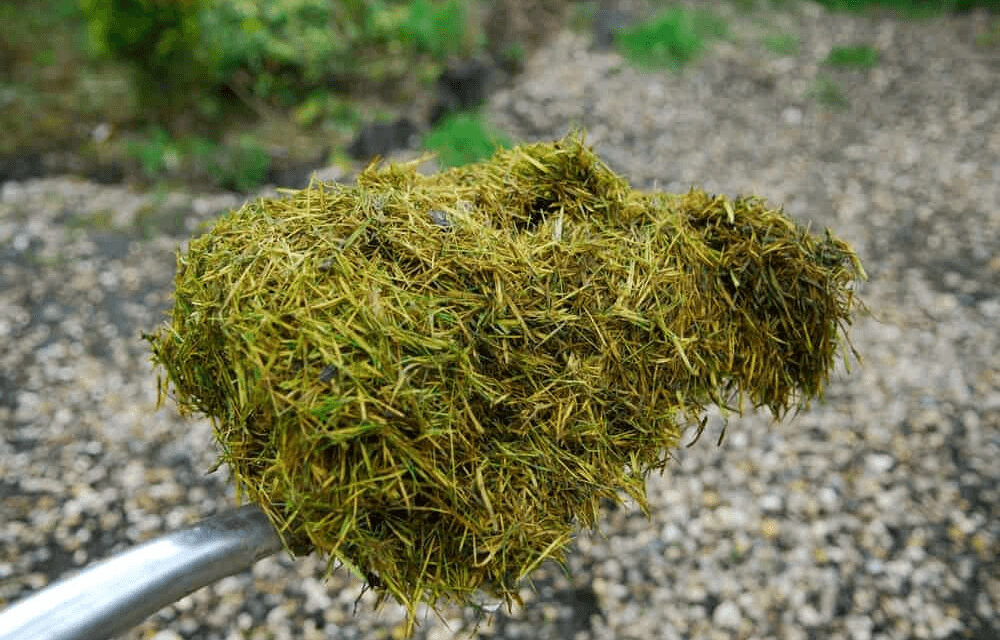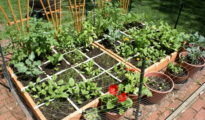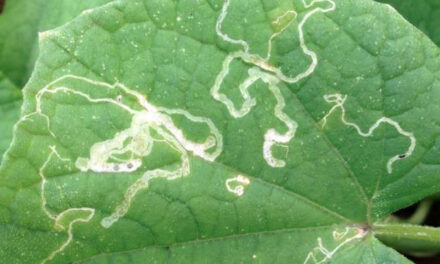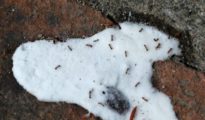In the pursuit of sustainable living and eco-friendly gardening practices, finding creative ways to reuse and repurpose common garden waste becomes crucial. One such waste product that is often overlooked but holds great potential is grass clippings. Instead of throwing them away, these clippings can be utilized in various innovative ways to benefit your garden and the environment. In this blog post, we will explore seven ingenious ways to reuse grass clippings, promoting a greener approach to gardening and reducing waste.

Nutrient-Rich Mulch
Grass clippings can be transformed into a nutrient-rich mulch that benefits your garden's health and vitality. Mulching with grass clippings helps retain moisture in the soil, suppress weeds, and regulate soil temperature. To effectively use grass clippings as mulch, spread a thin layer (about an inch) around your plants, avoiding clumping, which can cause mold and restrict air circulation. Remember to use dry grass clippings and avoid using clippings treated with herbicides or pesticides.
Composting
Grass clippings are a fantastic addition to your compost pile, contributing valuable nitrogen and organic matter. When mixed with other brown materials like leaves or shredded paper, grass clippings provide a balanced carbon-to-nitrogen ratio, essential for successful decomposition. Ensure the clippings are mixed well with other materials to prevent matting and allow airflow. Regularly turn the compost pile to accelerate decomposition and produce nutrient-rich compost for your plants.
Vermicomposting
For those who engage in vermicomposting, grass clippings make a great food source for worms. Red wigglers and other composting worms love feasting on nitrogen-rich materials like grass clippings. Mix the clippings with other bedding materials like shredded newspaper or cardboard to provide a balanced diet for the worms. The resulting vermicompost, rich in nutrients and beneficial microbes, can be used as a potent fertilizer for your plants.
Soil Amendment
Grass clippings can also be directly incorporated into your garden soil as a beneficial amendment. As the clippings break down, they release nutrients into the soil, improving its structure, water-holding capacity, and fertility. To avoid clumping, chop the clippings into smaller pieces before mixing them into the soil. This method works exceptionally well for vegetable gardens, flower beds, and areas where you plan to grow new plants.
Animal Bedding
Grass clippings can serve as a comfortable bedding material for certain animals, such as chickens or rabbits. Ensure the clippings have dried thoroughly to prevent mold growth, and then spread them inside the animal enclosures. The clippings provide insulation, absorb moisture, and decompose over time, ultimately enriching the manure and creating nutrient-rich compost for your garden.
Pathway and Weed Control
Using grass clippings as a natural pathway material not only adds a pleasant aesthetic to your garden but also helps control weed growth. Create a thick layer of grass clippings on garden paths to suppress weeds and prevent soil erosion. Over time, the clippings will decompose, enriching the soil underneath. Avoid using clippings from chemically treated lawns, as they may contain harmful residues.
Natural Pest Repellent
Surprisingly, grass clippings can also serve as a natural pest repellent in your garden. Dried clippings, when scattered around vulnerable plants, act as a barrier against slugs and snails. The rough texture of the clippings makes it difficult for these pests to crawl across, protecting your plants from their voracious appetites. Additionally, the decomposition process of the grass clippings releases compounds that repel certain insects. Simply spread a layer of dried clippings around susceptible plants to deter pests naturally, without resorting to chemical pesticides.
Grass clippings, often viewed as mere garden waste, hold immense potential for reuse and repurposing. By incorporating these innovative methods into your gardening routine, you can reduce waste, promote sustainability, and enhance the health of your garden. Whether it's transforming grass clippings into nutrient-rich mulch, composting them for organic fertilizer, using them as animal bedding, or repelling pests naturally, the possibilities are abundant. Embrace these seven ingenious ways to reuse grass clippings and embark on a greener gardening journey that benefits both your garden and the environment.
Remember to take precautions when reusing grass clippings, such as avoiding chemically treated lawns and ensuring the clippings are dry before use. With a little creativity and a commitment to sustainable practices, you can turn a seemingly insignificant garden byproduct into a valuable resource. Let's embrace the power of grass clippings and contribute to a more eco-friendly and resilient future.



















